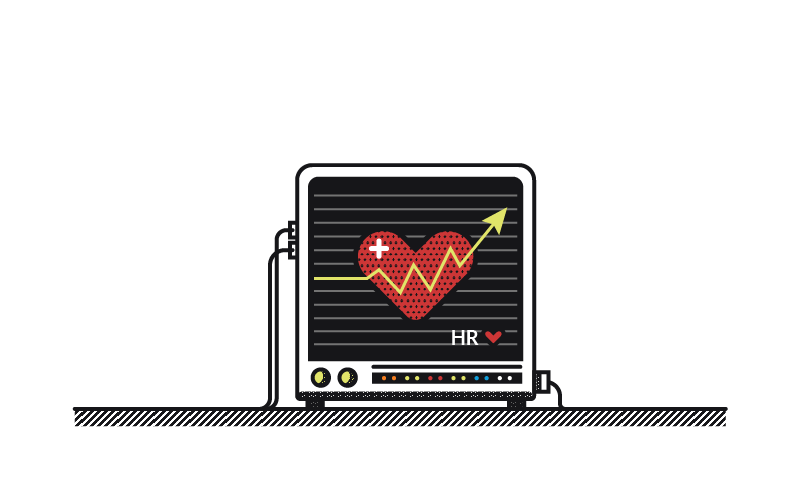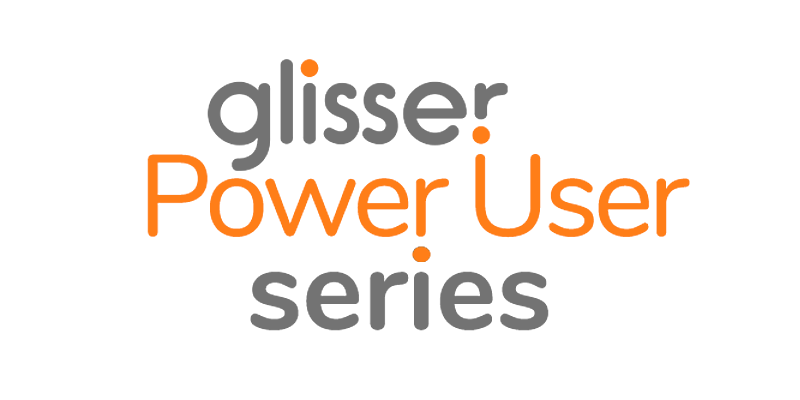How Glisser supports pharmaceutical marketers in meeting the ABPI’s Code of Practice
As responsible professionals in a heavily regulated industry, pharmaceutical and medical marketers will be well aware of the Association of the British Pharmaceutical Industry’s (ABPI) Code of Practice.
Whilst this covers all manner of areas, we at Glisser are particularly interested in Clause 22, which deals with meetings, hospitality and sponsorship. And as an ex-CMO from another heavily regulated industry (financial services) I can personally appreciate the challenges that these frameworks generate, particularly when balancing them against the need for creativity, innovation, and event effectiveness.
Before we deal with each section of the Clause in detail, the overall thrust of this piece is simple: the right meeting technology is a huge asset to pharmaceutical marketers, because it provides both a valuable marketing asset and proves compliance with the Code.
So let’s dive into some of the specific parts of Clause 22…
Companies must not provide hospitality to members of the health professions and other relevant decision makers except in association with scientific meetings, promotional meetings, scientific congresses and other such meetings, and training… Hospitality must be strictly limited to the main purpose of the event and must be secondary to the purpose of the meeting i.e. subsistence only. The level of subsistence offered must be appropriate and not out of proportion to the occasion…
Broadly, this part of the Clause outlines the importance of ‘balance’. Hospitality alone (i.e. no other meeting or training) is clearly unbalanced and not allowed. If it is used it must be secondary, not out of proportion, and at an inappropriate cost.
For an event organiser, the proportion of the event (based upon length of time or cost) dedicated to hospitality versus meeting or training is easy to measure: “we spent two days and $50k running training seminars and spent two hours and $5000 on lunch and rooming, which we consider balanced.”
But looking at the supplementary information brings up some more interesting points…
Pharmaceutical companies may appropriately hold or sponsor a wide range of meetings. These range from small lunchtime audio-visual presentations in a group practice, hospital meetings and meetings at postgraduate education centres, advisory board meetings, visits to research and manufacturing facilities, planning, training and investigator meetings for clinical trials and non-interventional studies, launch meetings for new products, management training courses, patient support group meetings and satellite symposia through to large international meetings organised by independent bodies with sponsorship from pharmaceutical companies.
This is a huge range of options available to pharmaceutical marketers, which gives enormous scope for building a diverse portfolio of face-to-face and virtual events with your clients. However, the volume of options also creates a new headache – what is the appropriate level of balance for each, and how do I compare and measure the effectiveness and compliance with the Code across each?
Here the role of technology is to bring an element of consistency and comparability across the meeting portfolio. A single meeting measurement and evaluation tool significantly enhances the pharmaceutical marketer’s capacity to demonstrate focus upon (and compliance with) the Code.
The meeting must have a clear educational content.
That’s the full unedited bullet point from the Clause – the first in a list of five basic principles. A clear unequivocal statement and guiding principle. And largely, this means PowerPoint presentations.
Therefore, technology that helps request, gather and structure an array of slide decks is useful (we think Hubb are great at this), and so is technology that distributes that educational content to audiences in a measurable way (enter Glisser…)
Perhaps the biggest win here is the ability to prove that your educational content was not just made available, but actively being consumed by your audience. By measuring audience slide views, note-taking, presentation downloads, and engagement (through interaction, polling, Q&A, etc.) you have a significantly stronger argument that the meeting has clear educational content, compared to a simple register of who showed up to the session. What’s more, this is substantiated by the robustness of unique user tokens for every participants’ mobile device, meaning you can prove who was in the room and who consumed the content.
The fact that a meeting or course has CPD approval does not mean that the arrangements are automatically acceptable under the Code. The relevant provisions of the Code and, in particular, those relating to hospitality, must be observed.
When I ran hundreds of financial services events, CPD credits were an amazingly effective draw, but it also meant ensuring a high quality of content. While the Code is saying that CPD approval alone is not enough to be automatically acceptable, content that has been created to a CPD-accreditation level is very likely to meet the ‘educational content’ criteria, and so the same logic applies.
In fact, the extra value here is to prove not just presence or participation, but true ‘understanding’ of the educational content being conveyed. Here event technology such as Glisser can be deployed to measure learning through tests, surveys or quizzes, and provide a powerful metric that those CPD points are being earned. And the very act of testing ensures a higher level of concentration and engagement from the audience, which means a more successful communications or training event.
Attention is drawn to Clause 9.10 which requires that all material relating to medicines and their uses, whether promotional or not, which is sponsored by a pharmaceutical company must clearly indicate that it has been sponsored by that company.
Finally, the involvement of sponsors is another clear area where technology can provide an advantage to marketers looking to prove compliance with the Code (both Clauses 22 and 9 as mentioned above). Sponsor logos and clear indication of their involvement can be positioned directly before the educational content is accessed, and approval buttons (including unticked or pre-ticked) boxes can be used for individual confirmation that the user has been made aware of the sponsorship.
In conclusion
Drawing all of this data into a single meeting-wide database with consistent information available across the company is the true power of event and meeting technology in this sector. Just because meetings and event are ‘live’, ‘local’, and ‘loose’ doesn’t mean that pharmaceutical marketers can measure them in a ‘laissez faire’ manner.
Event technology used in the room allows the collection of hard data that proves compliance with Clause 22, reducing the regulatory burden on marketers and event organisers, whilst also giving them a mechanism to inject creativity, engagement and participation into their sessions, large and small.








